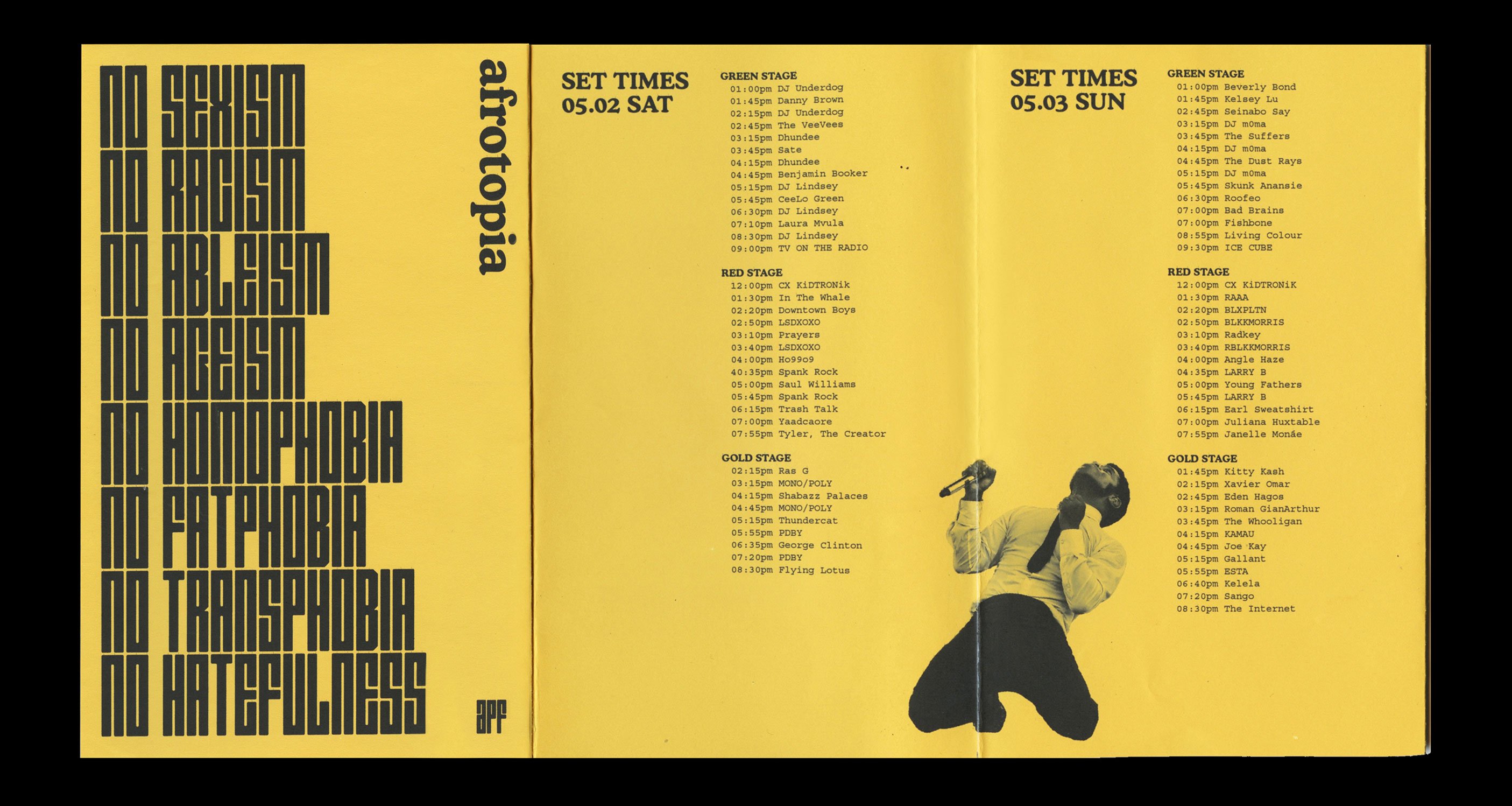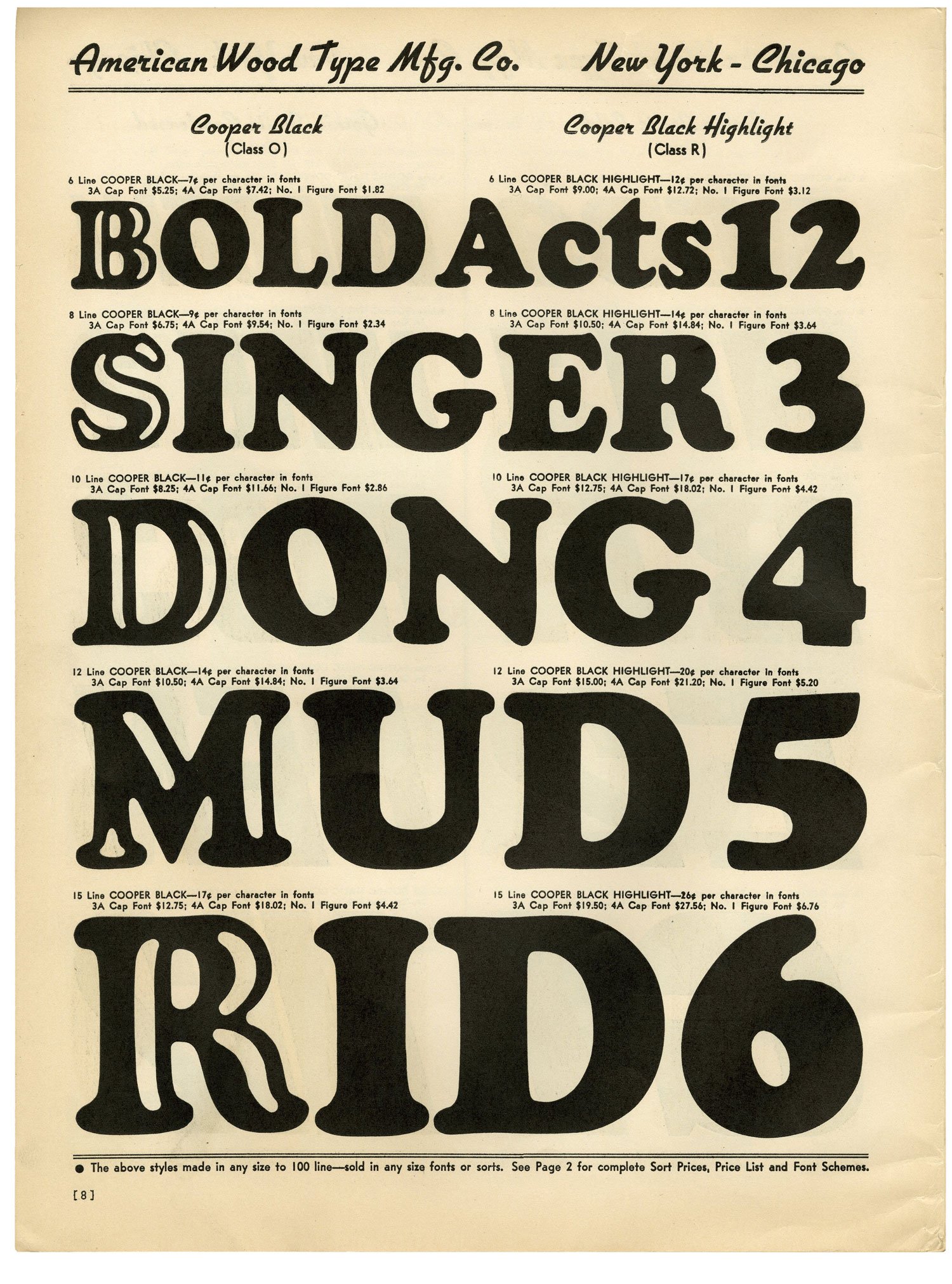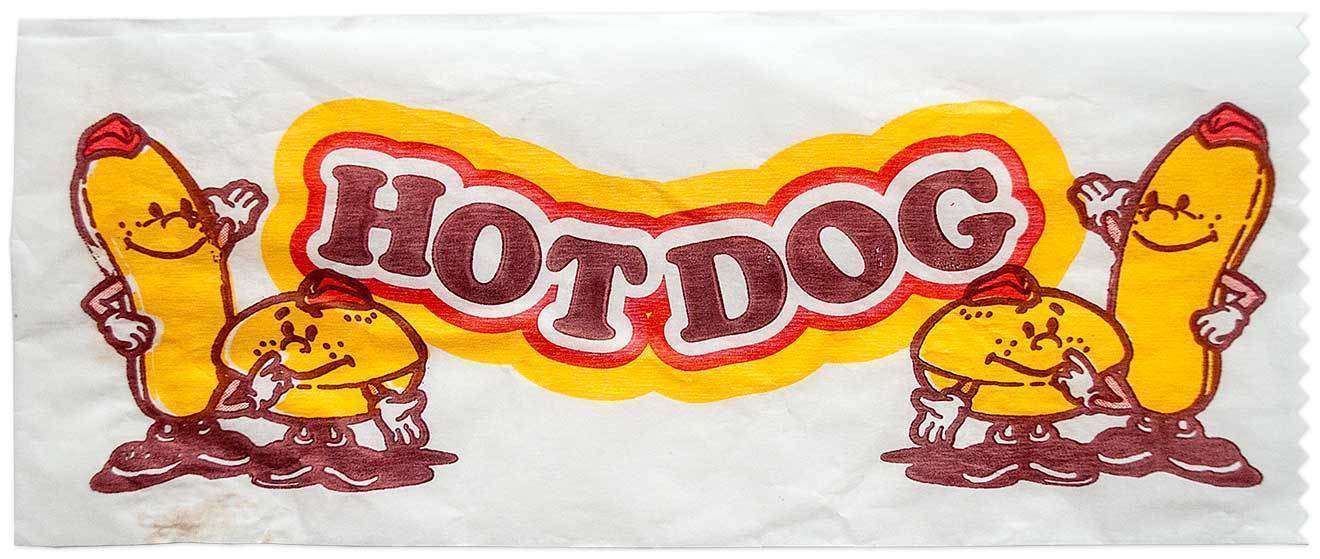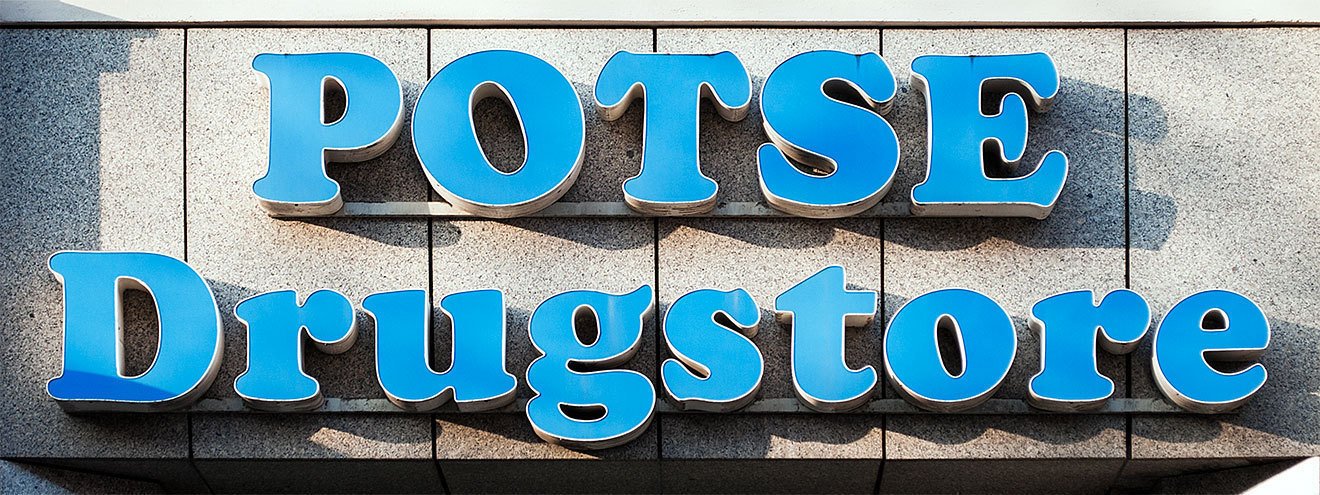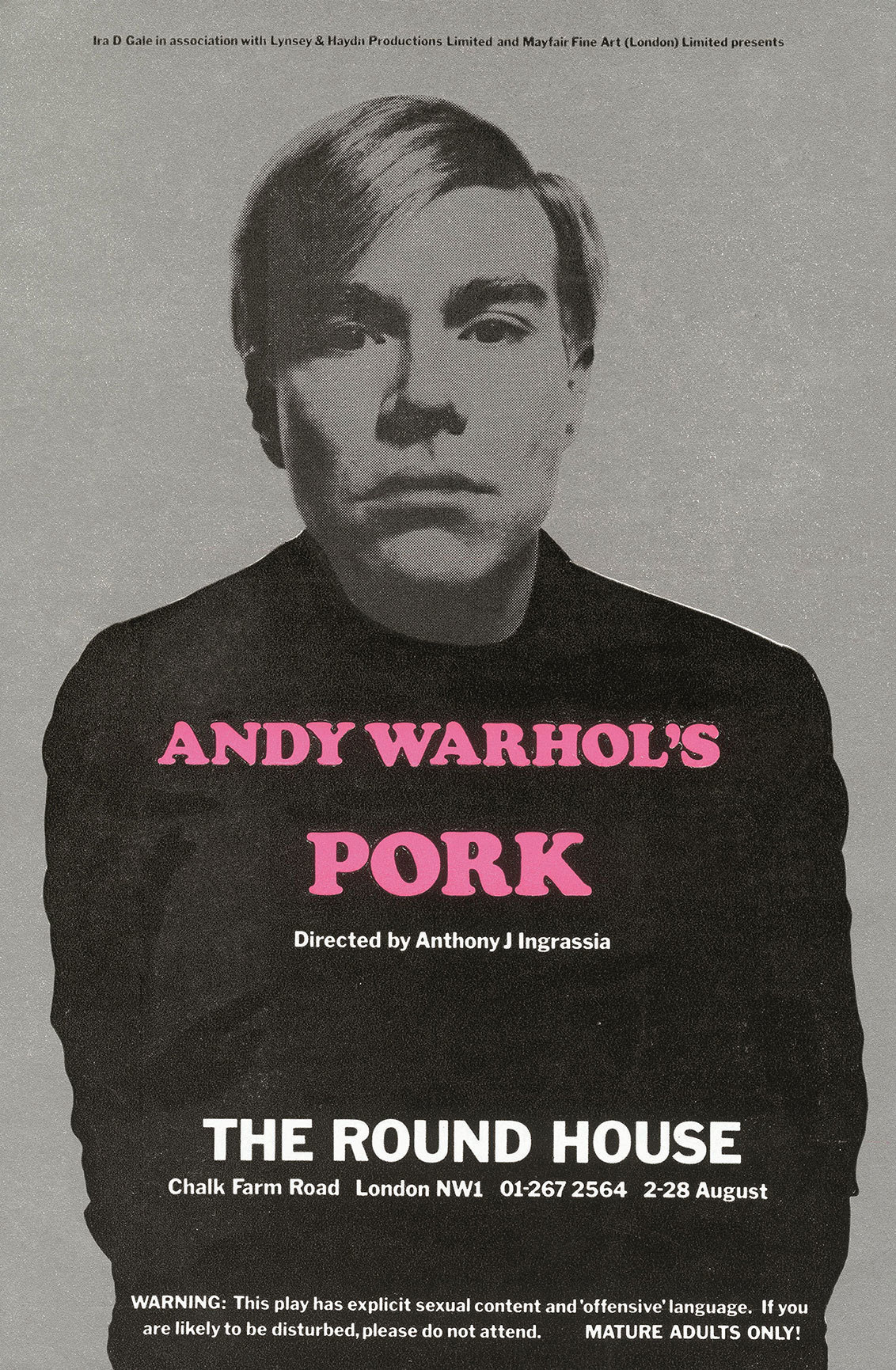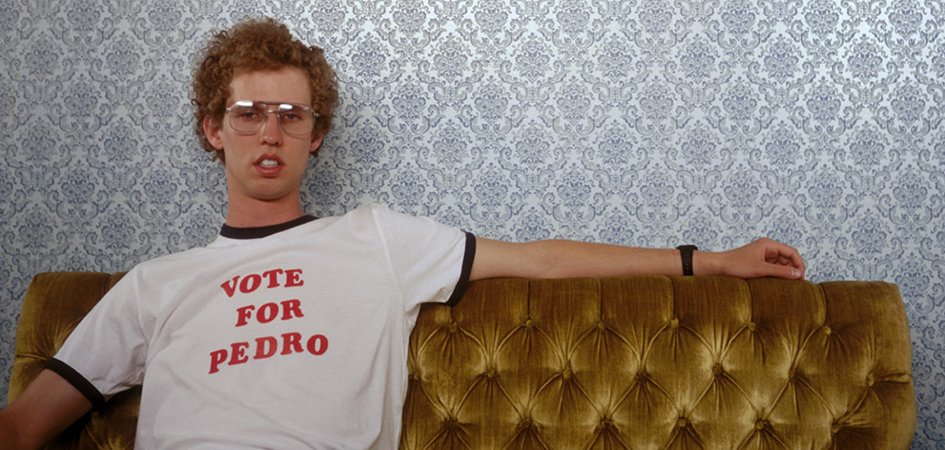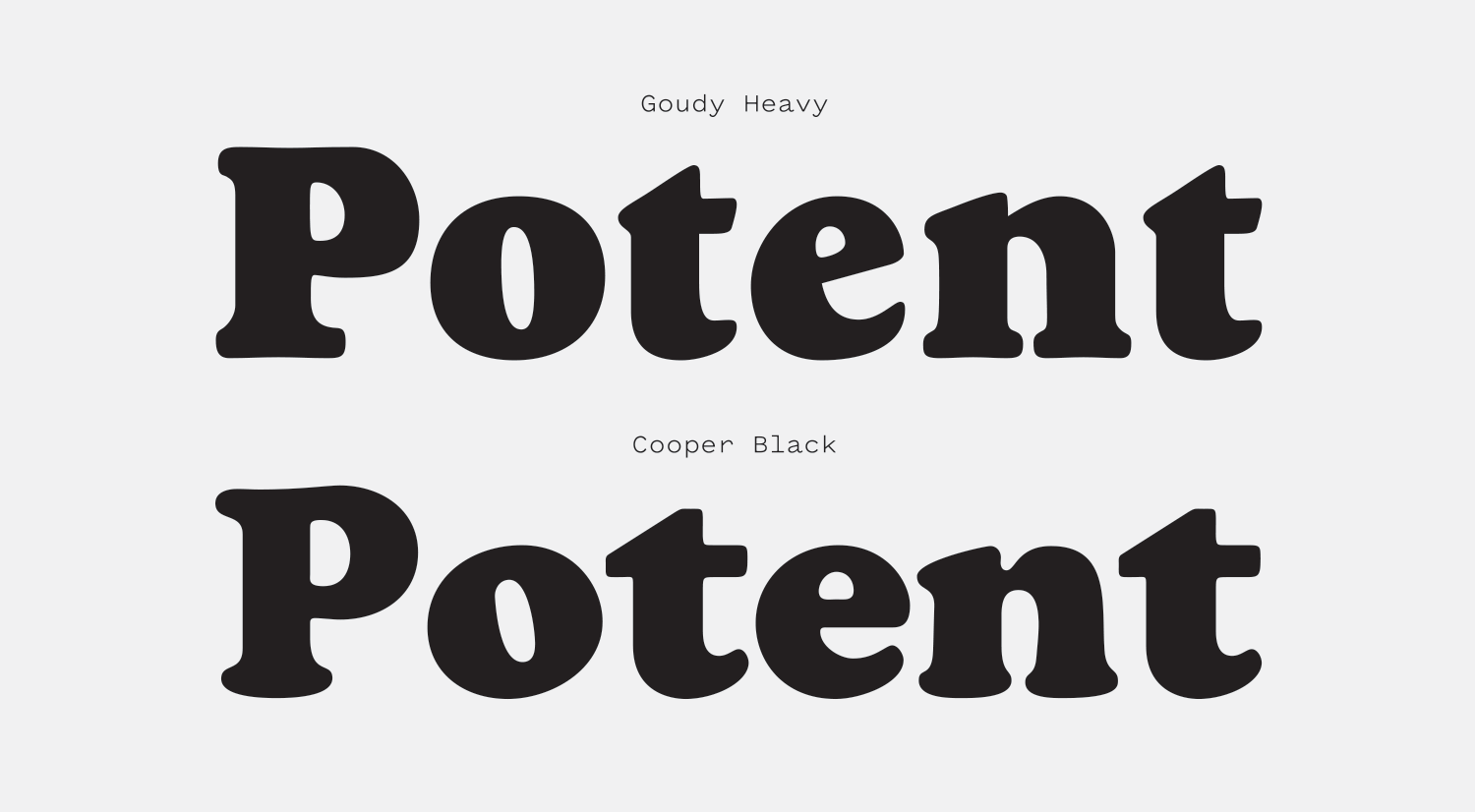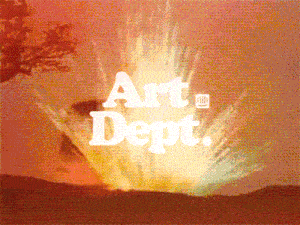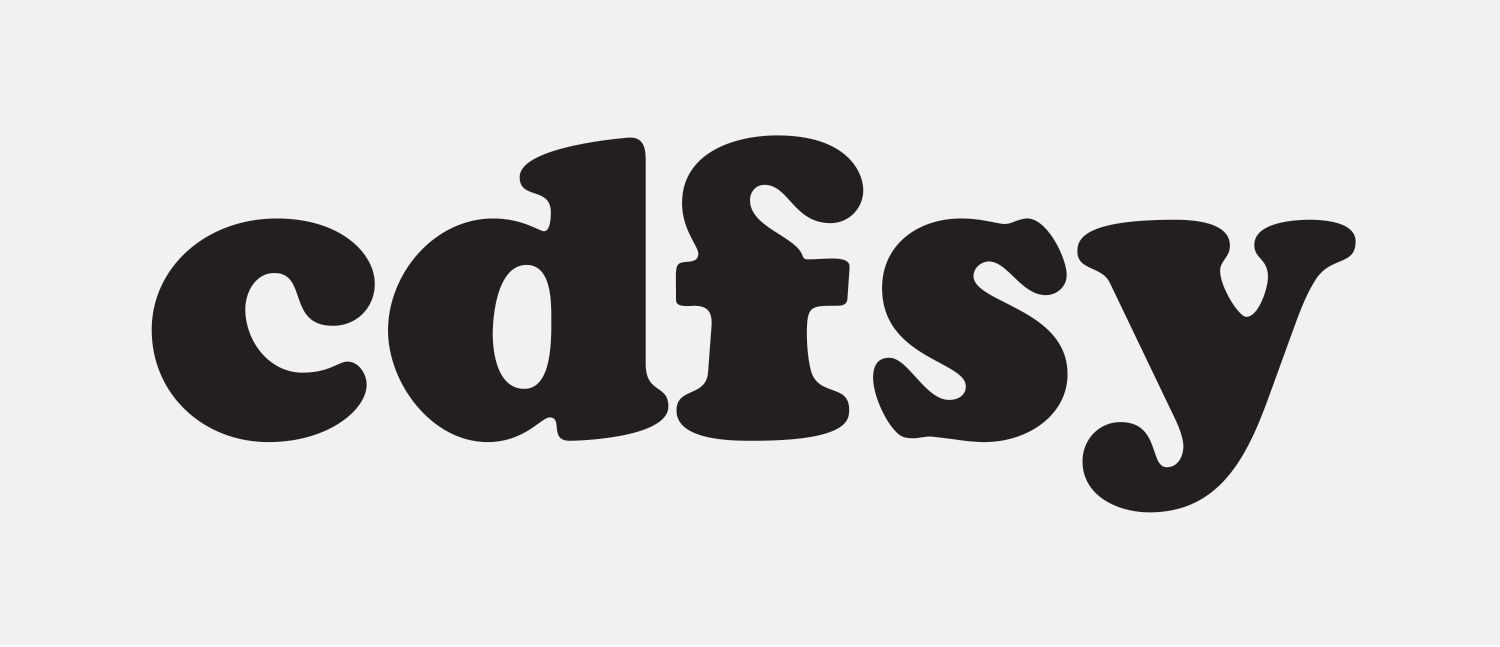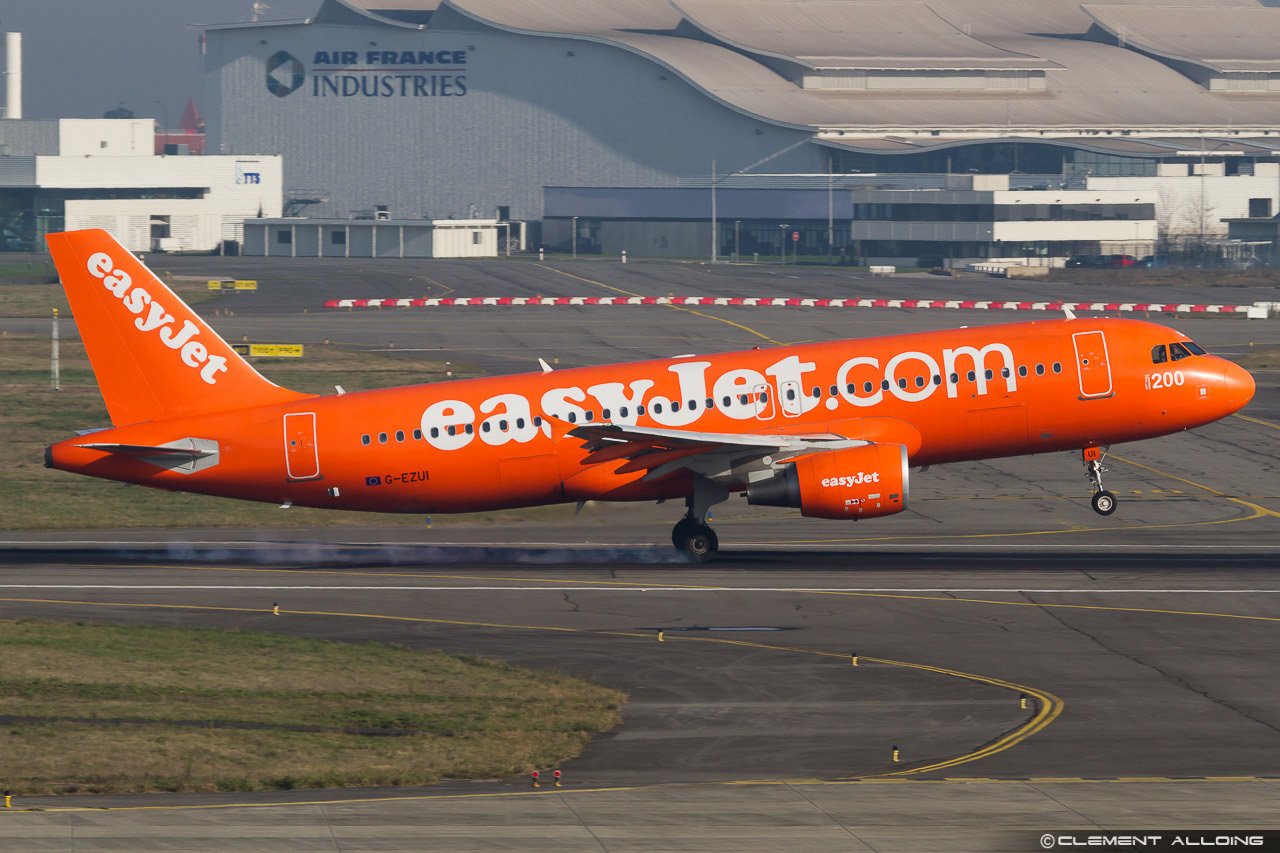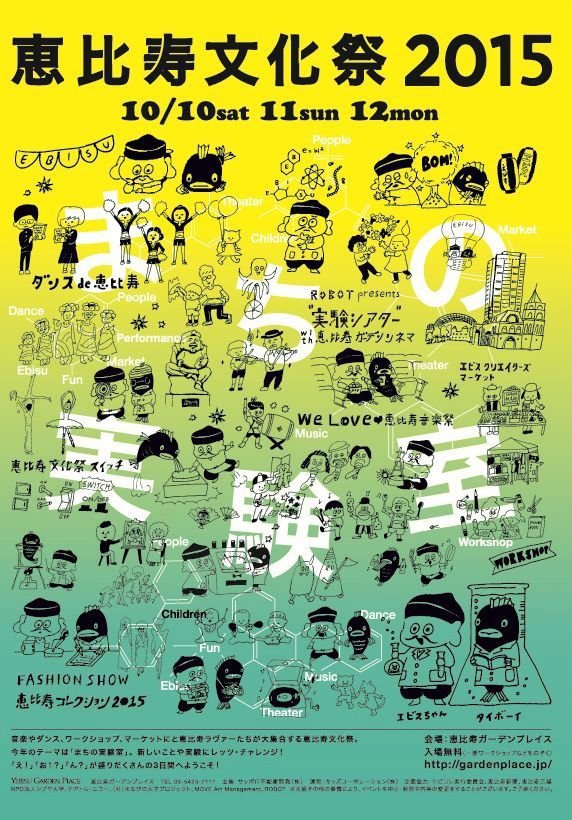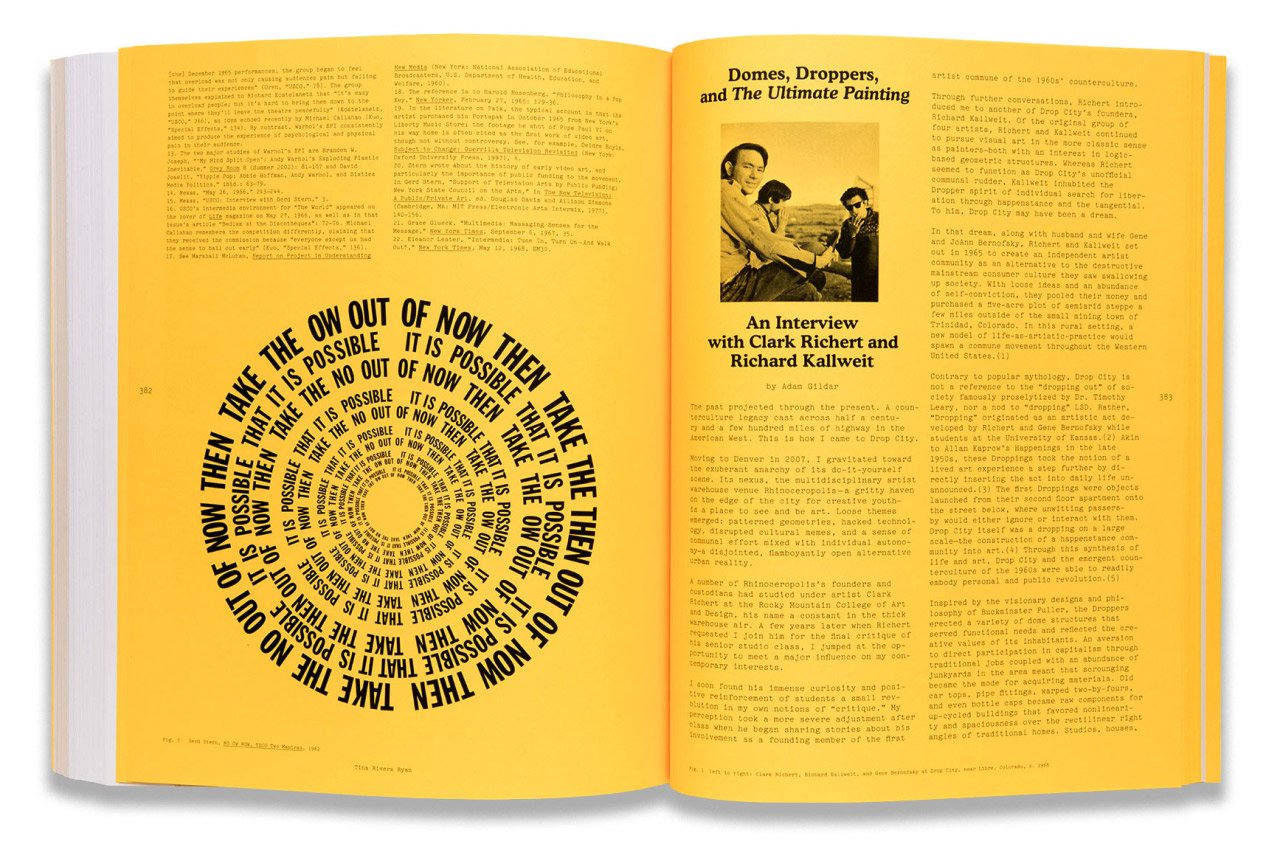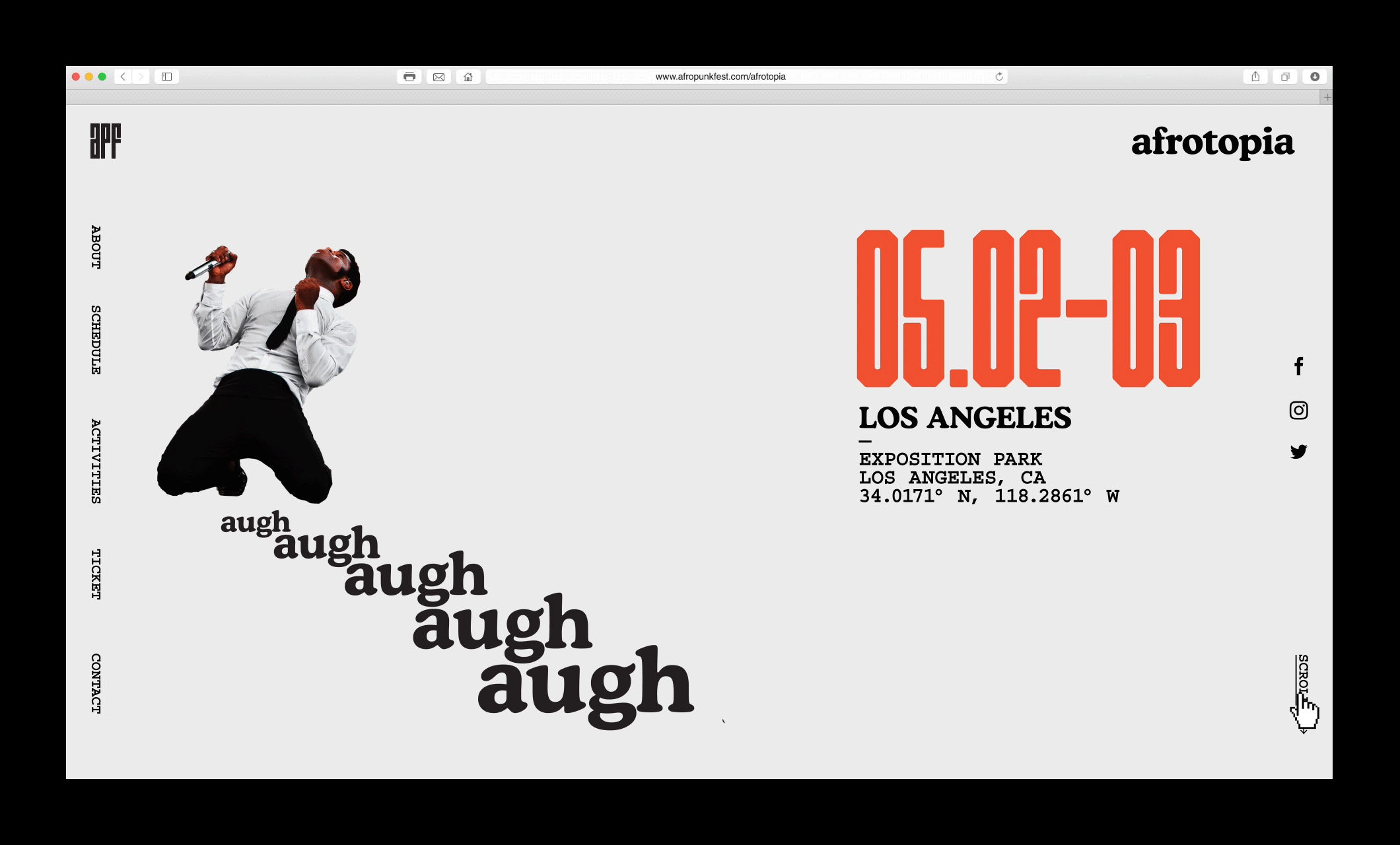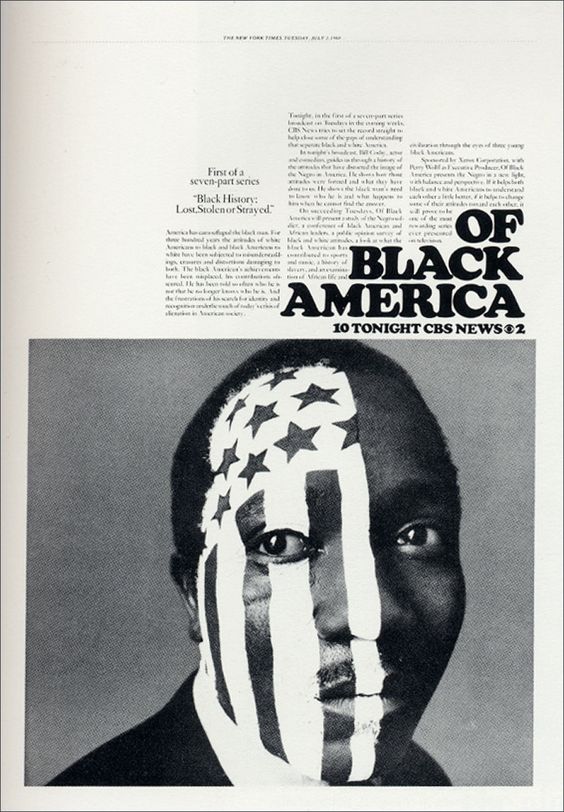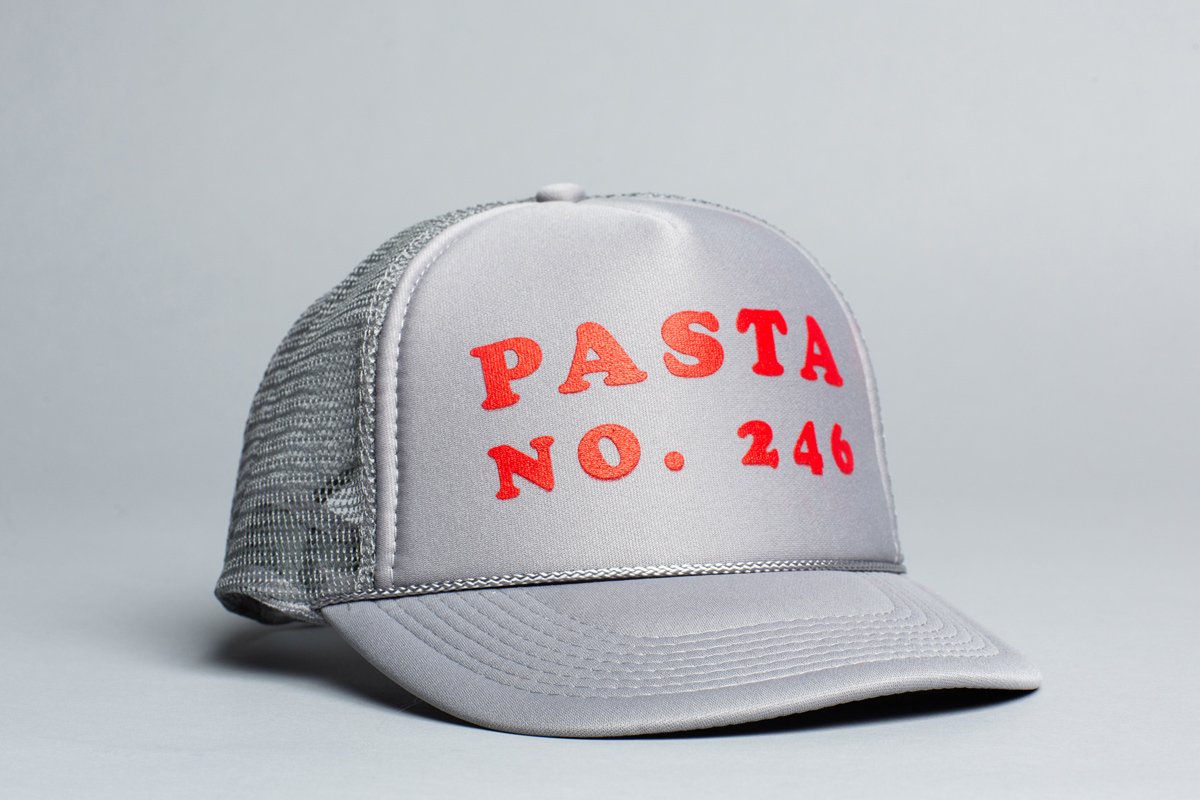Is there a font that’s been used as successfully as often as Cooper Black and gets less respect? We’re not too far off from Cooper Black’s 100th birthday, and I’m going to do my damnedest to give it the analysis it deserves. For this review, I’ll mostly be covering the Black weight of the Cooper family, though there will be some scattered examples of the lighter (and less popular) weights. Go big or go home!
Not many typefaces can represent an era just by being set on a page as well as Cooper Black represents the 1970’s, but its bubbly charm has allowed it to endure for decades in both “high-end” and “low-brow” design applications. Many of us encounter Cooper Black in some form every day, whether it’s on a candy wrapper, a strip mall sign, or an album cover. When I see it used poorly it sticks out like a sore thumb, but how many times have I had to remind myself that Tootsie Roll wrappers use it? It can feel so natural then so very wrong on the turn of a dime. The bigger the personality of a font, the harder it is to wield, and it says a lot about Cooper Black that with as boisterous as it is people still find ways to make it their own. Cooper is a loud talker, but it’s more than happy to shout on your behalf.
It’s a unique challenge to talk about works like this. How do you review a typeface that is so ubiquitous, so steeped in an assumed aesthetic? But there’s so much value in this family—it did not reach its blistering popularity undeservedly. The inflated letterforms remain legible, there’s basically nothing else that looks like it, it holds up in a variety of production techniques and physical manifestations and above all else it is approachable and lets you know you’re about to have a good time. It calls out to consumers to listen to this album, eat these chewy candies, and check out these sweet, sweet discounts on gently-used back to school clothing.

